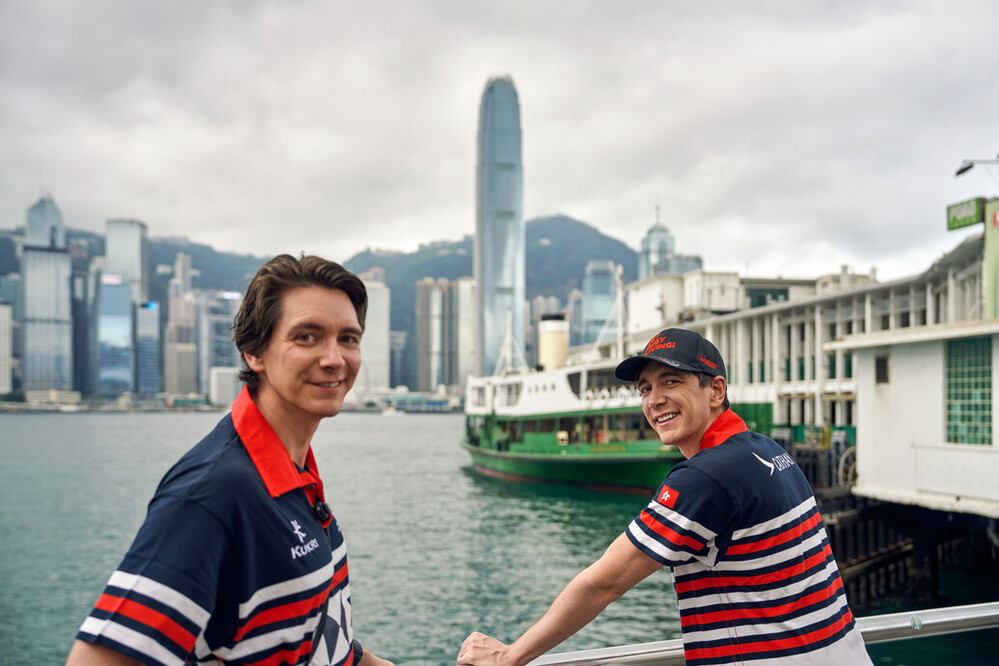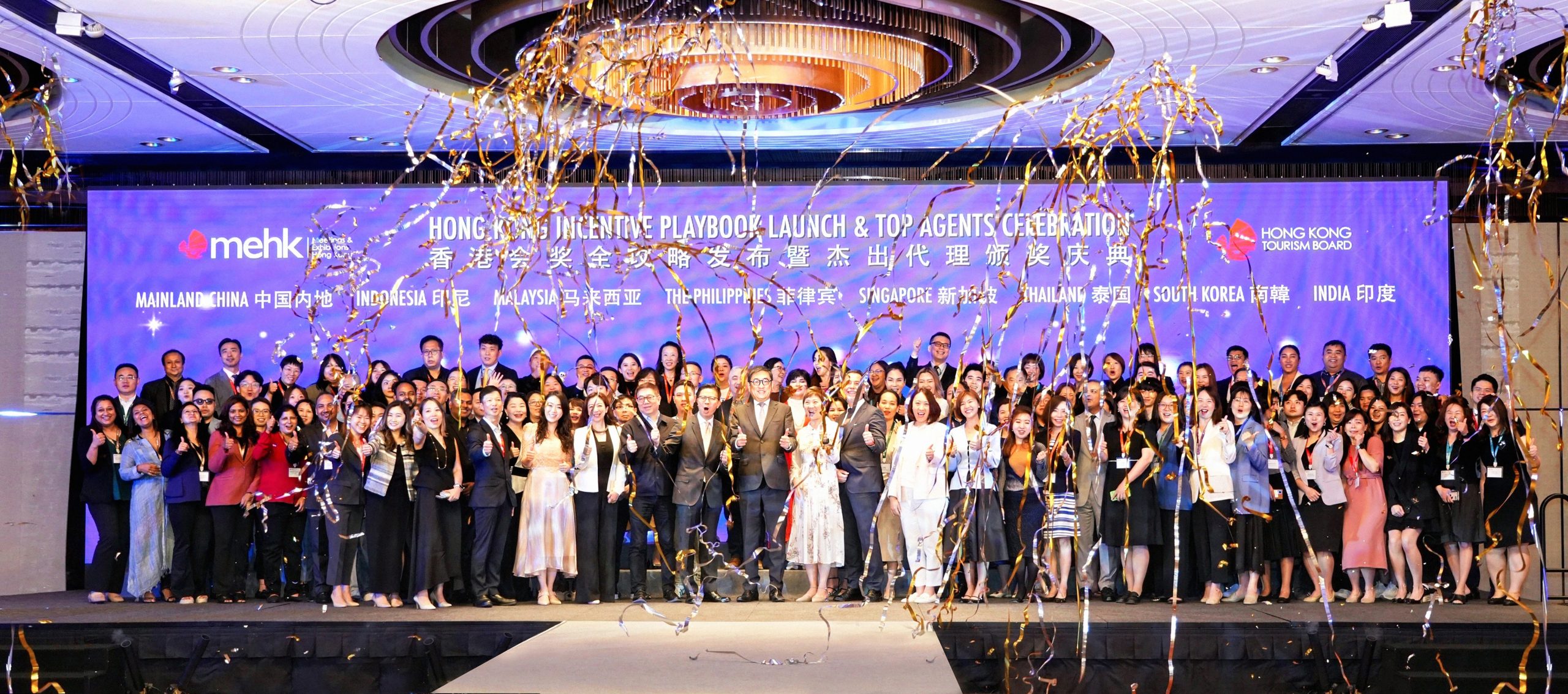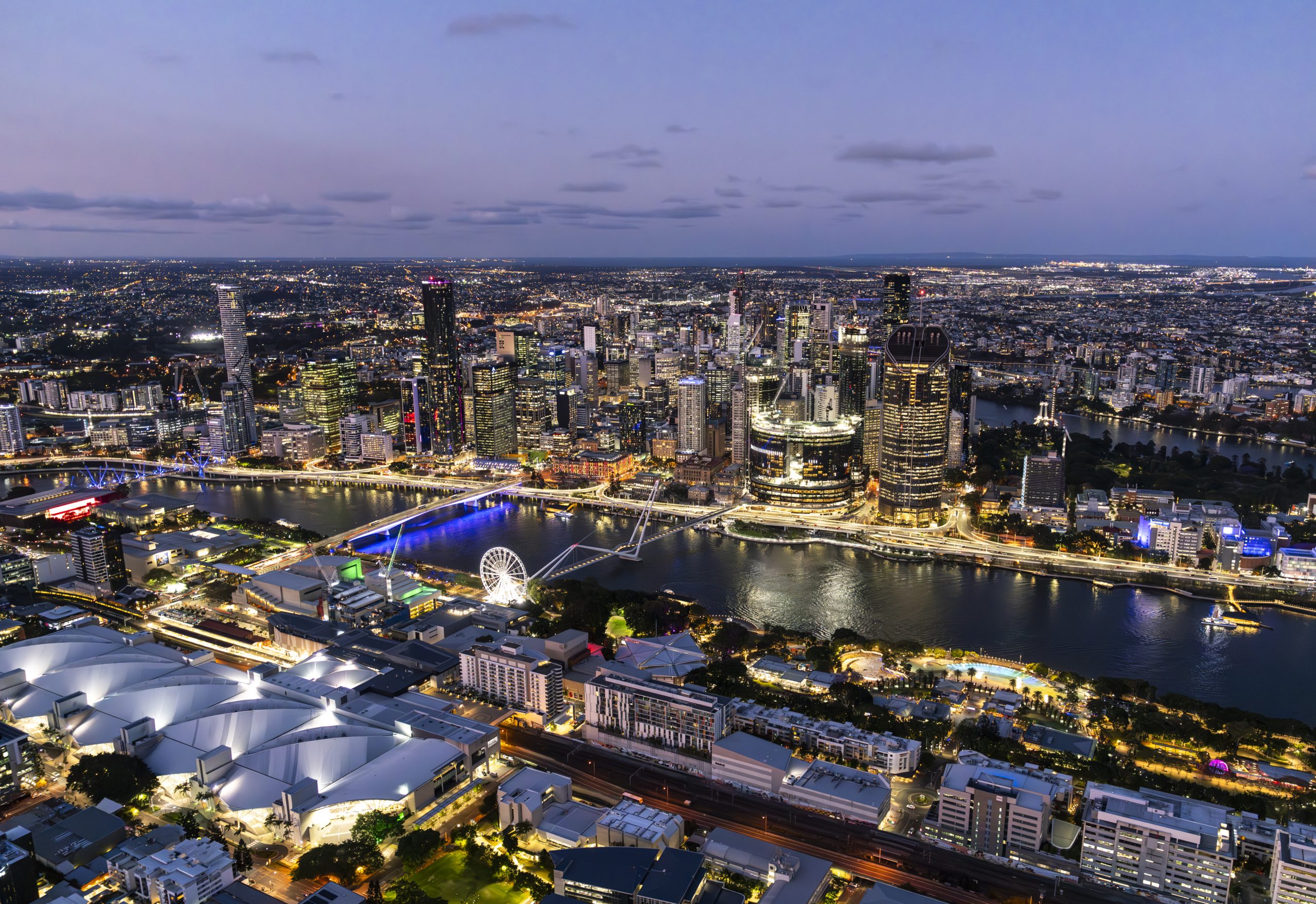It has been over a year since a powerful earthquake wreaked severe damage on Christchurch, New Zealand’s second largest city. In addition to the tragic loss of life, another unfortunate victim was the city’s elegant central business district, lined with buildings already weakened by an earlier earthquake in 2010.
But the country – including Christchurch – has not lingered in total shutdown. The 2011 Rugby World Cup went ahead as planned (September 9–October 23), with organisers relocating some of the scheduled Christchurch matches to Auckland. A total of 33,000 attendees was recorded, about 95,000, say promoters.

The Society of American Travel Writers was also not deterred from holding its annual convention there, choosing to meet last November for a week in windy Wellington. Some participants went on “fam” trips before the event, and others after.
New Zealanders have always taken fierce pride in their island nation’s varied topography and the broad biodiversity of its animal and plant life, the result of sitting on grinding plates of the Pacific Rim of Fire. With Australia the nearest big landmass, the country’s remoteness has generally been regarded as a blessing, discouraging mass migration and keeping the population at just four million (which reminds us of the long-running joke that the sheep outnumber people by nearly 17 to one).
Following this lead, tourism drumbeaters have long played up the archipelago’s wealth of unspoiled attractions and outdoor options, successfully appealing to individuals keen on adventurous activities and wide open spaces. Tourism New Zealand’s (TNZ) popular marketing campaign, “New Zealand 100% Pure” highlights exactly that: the image of a refreshing destination.
 These same assets, used to pull in a small but discerning group of leisure visitors, are now being trained on the business events sector. Partnering in the effort are TNZ and Conventions and Incentives New Zealand (CINZ), which recently announced closer collaboration in raising the country’s meetings cache. According to Justin Watson, TNZ general manager, marketing communication, the goal was to attract more high-value people and get them to stay longer – the niche into which conference delegates and incentive travellers usually fit. He noted that these types spend on average up to three times more per day than the average international guest, explaining their allure for destination promoters.
These same assets, used to pull in a small but discerning group of leisure visitors, are now being trained on the business events sector. Partnering in the effort are TNZ and Conventions and Incentives New Zealand (CINZ), which recently announced closer collaboration in raising the country’s meetings cache. According to Justin Watson, TNZ general manager, marketing communication, the goal was to attract more high-value people and get them to stay longer – the niche into which conference delegates and incentive travellers usually fit. He noted that these types spend on average up to three times more per day than the average international guest, explaining their allure for destination promoters.
Since assuming management of the Conference Assistance Programme, TNZ’s business events team has aided in two winning bids, including the 6th Asia-Pacific Occupational Therapy Congress, set for September 2015, with the New Zealand Association of Occupational Therapists and Rotorua Convention Bureau also forming part of the pitching team.
Another feather in the country’s cap was the announcement in March that it had won the right to host the 2017 World Masters Games, a multi-sport extravaganza that is expected to see 35,000 athletes compete in 30 different sports across 35 different venues throughout Auckland.
Auckland, still considered the main gateway to New Zealand, continues to enhance its venue inventory. The picturesque Viaduct Harbour, unveiled in 2003 when the Americas Cup was held in the city and which revitalised a sleepy precinct, remains a popular spot for after-hours socialising and spectacular views of the Waitemata Harbour.
The area received a fresh boost recently in the form of a bridge linking the Viaduct with Wynyard Quarter, where the redesigned Karanga Plaza and new Viaduct Events Centre – featuring 6,000 sqm of conference and exhibition space – are located, as are more restaurants and bars, a marine-themed children’s playground and Auckland Fish Market. The project will be completed in another year or so.
After some two decades of lobbying, industry professionals are finally being granted their wish for a purpose-built convention centre. The national government and SkyCity Entertainment Group are in talks over the construction of the 3,500-seat New Zealand International Convention Centre. “An international-sized convention centre is essential for New Zealand to tap into the growing market of high-value business visitors that we are currently missing out on,” said Prime Minister John Key.
Alan Trotter, chief executive of CINZ, added that the facility would “significantly boost New Zealand’s ability to attract lucrative international conferences and events”. Trotter observed that about NZ$1 billion (US$819 million) yearly was generated by conferences and conventions for the national coffers. To add to that momentum, he said, “we need to provide bigger and better facilities or we will lose out to other destinations”.
SkyCity, which established the SkyCity Auckland casino complex in 1997, crowned by a 328-metre tower, is looking to locate the convention centre next to the existing leisure infrastructure. As an incentive to building the facility, the company has asked government officials to “consider some alterations to gambling regulations and legislation”. While the government is prepared to listen to their proposals, it has said any changes would have to be “subject to a full public submissions process”, which SkyCity understands and accepts.


